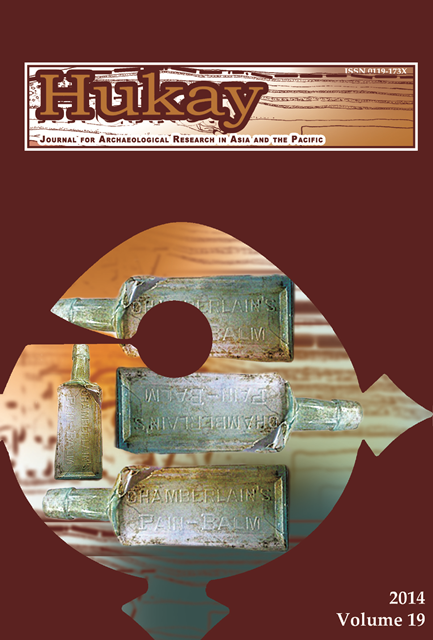The Challenge of Managing Archaeological Databases: Some Issues and Concerns
Abstract
Archaeological databases contain information about archaeological sites – geographical information, type of archaeological operation, the site director, date(s) of the excavations, information about the structures or stratigraphic units in which the artefact, feature, human, animal or plant remains were found, their description, cultural, historical, and date-related information. The purpose of maintaining an archaeological database is threefold. Primarily, archaeological databases allow archaeological institutions to perform their roles as guardians and custodians by providing a repository for the long-term, archival storage of information about the country’s archaeological heritage. Secondly, archaeological databases serve as research tools to help archaeologists and researchers in related disciplines such as anthropology, and history. Thirdly, archaeological databases provide the general public access to archaeological information and provide teaching support to teachers and students interested in their country’s archaeological heritage.
This paper attempts to focus attention on concerns related to the management of archaeological databases as well as on issues relating to archaeological research data residing in these databases. These concerns involve data quality, data access controls, data security, deployment channels, collaboration and continuity. Two important issues will be discussed: How can an archaeological institution balance the need to serve the public, honouring its right to know, with the need to protect archaeological sites and associated artefacts from individuals who seek information for the purpose of stealing our archaeological heritage? A second issue has to do with honouring the intellectual property rights of archaeologists and researchers vis-|-vis the rights of the public to access information generated as a result of publicly-funded research.



